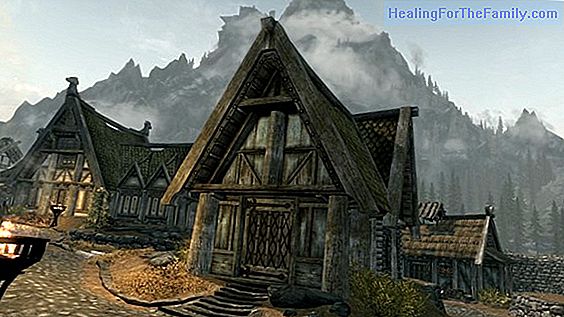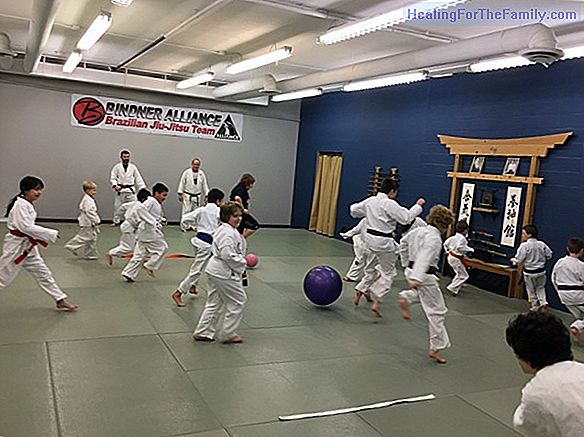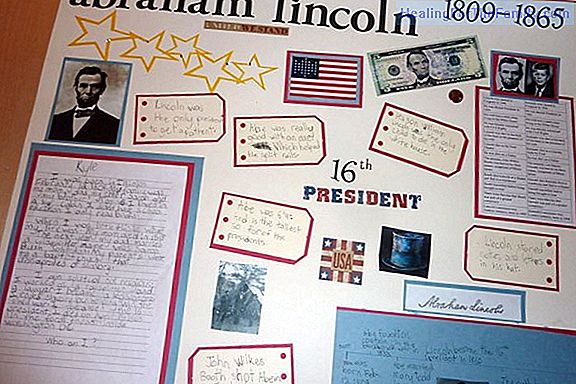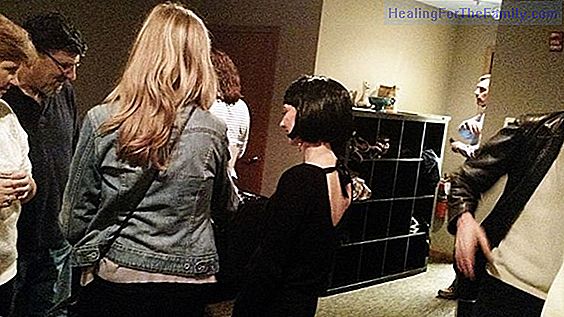Benefits of construction games for children
Construction games are one of the star toys throughout childhood. From the first year of life until almost adolescence, varying the type of pieces and the difficulty of construction, children are excited to play to build, stack, destroy and start over. Whatever the pieces we have chosen, with their
Construction games are one of the star toys throughout childhood. From the first year of life until almost adolescence, varying the type of pieces and the difficulty of construction, children are excited to play to build, stack, destroy and start over.
Whatever the pieces we have chosen, with their varied shapes and ways of fitting, stacking or twisting, construction games develop the ingenuity of children when it comes to building houses, castles, cities, cars, objects or characters who want and are essential for the cognitive development of children, but also useful for their emotional and social development.
15 benefits of construction games on children
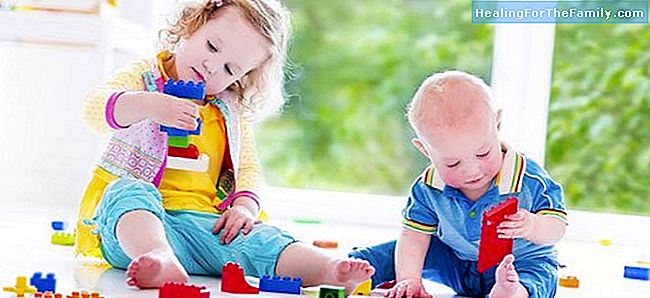
The benefits of construction games go beyond stimulating children's imagination and creativity. They favor the development of diverse cognitive abilities such as perception, spatial orientation, attention or language among many others ...
1. They develop the oculo-manual coordination, a skill on which the indispensable manual dexterity depends for learning of many school tasks and a number of practices necessary in ordinary life, thanks to which we learn to adjust the movements that relate the hand to an object.
2. They favor the fine motor skills of the hands and fingers forta, strengthening the muscles and improving the precision and coordination of the movements made by children with their hands and fingers, an essential skill for the correct acquisition of writing when the child arrives. moment.3.
They develop visuospatial and visoperceptive skills . Capabilities we need to locate ourselves in space, use the references of the environment and develop in it giving meaning to the world around us. Facilitates the understanding and use of spatial concepts such as high-low, near-far, front-back, or quantitative such as big-small, full-empty ...4.
Encourage executive brain functions of organization , planning or flexibility.5.
They allow the learning of basic mathematical concepts and of simple geometric shapes. 6.
They learn physical laws like gravity or balance. 7.
Encourage attention and concentration .8. They help in the learning of colors.
9.
Enrich oral expression thanks to the increase in the vocabulary used in the shared game. 10. They develop
imagination and creativity . Pueden 11. They can be used for learning the classifications by colors, shapes or sizes as well as for making logical series. What promotescognitive reasoning
. Son 12. They are also an excellent material for simulation games, where boys and girls adopt different roles or roles, using it as a substitution mechanism and representation of reality. 13. When playing in a group or between brothersthey promote values such as cooperation and collaboration
.
14. They promote the development of a good self-esteem and self-concept, since the child feels able to perform different constructions and if they are valued by their parents, siblings or friends much better.
15. And finally, they are an excellent tool to teach them how to order and collect.

